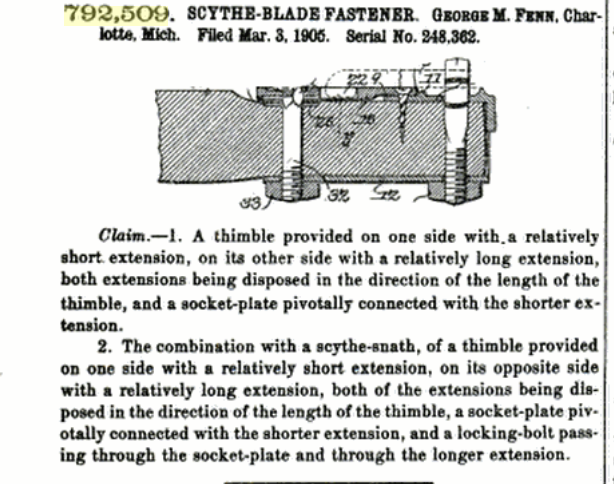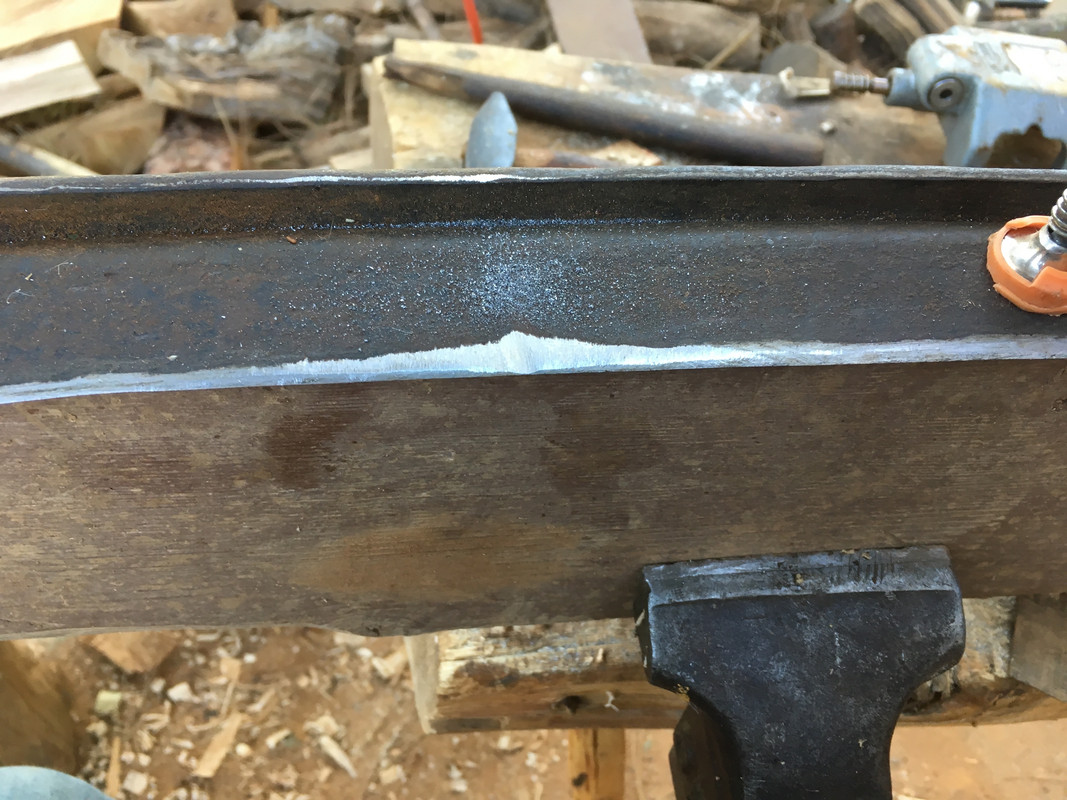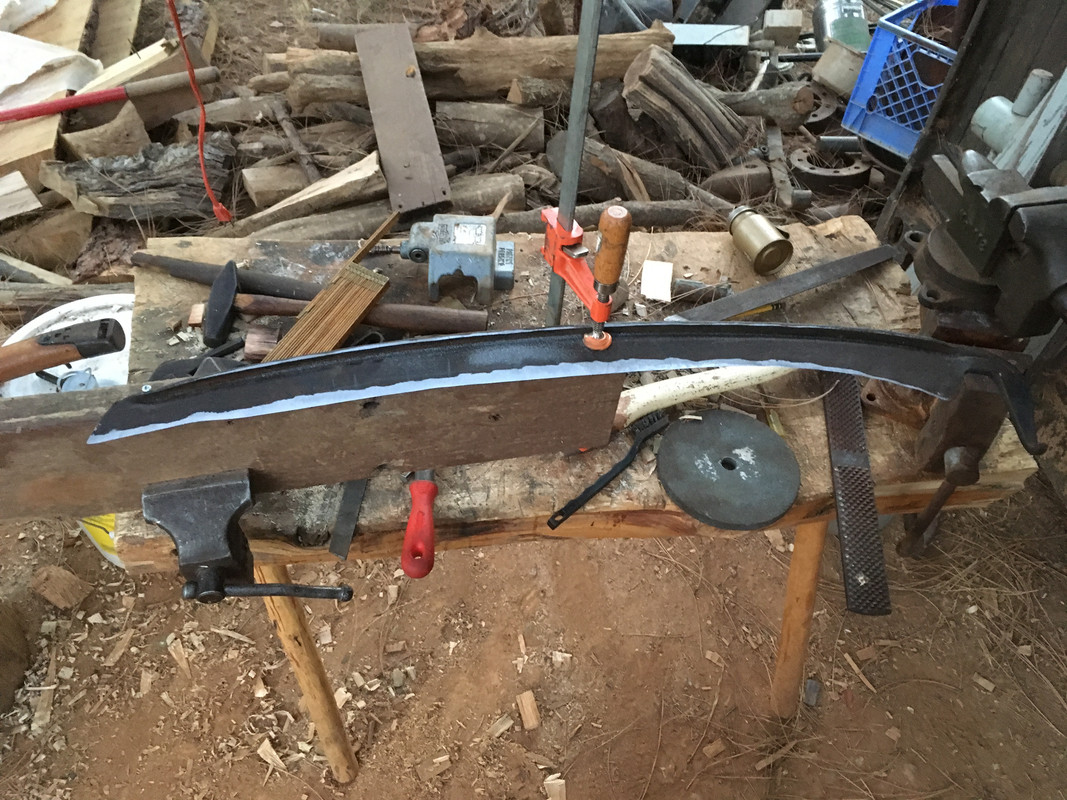I have enough blades and edged tools that I should've joined this forum years ago! Better late than never and also better before I decide on my family's first snaths and blades for hayin' our 8 acre pasture (or as much of it as my wife, daughter and I can manage annually). I really don't want to purchase motorized equipment to harvest winter feed for a couple of horses and a few goats (or keep buying feed). Accordingly, I've spent many hours and days studying the art of the scythe, using all the types of media resources available online. I'm pretty sure that scythes will be right for us, once we learn the ropes.
Out of interest in his Longfellow snath development, I've already had a short conversation with Benjamin on his YouTube channel but I'd like to ask a few questions here and hope for help from Benjamin and others.
1. I've ordered some blades (including blades for clearing brush too) from ARTI in Russia. It appears that I could reshape and bend the ARTI tang using a die grinder, cut off wheel, or even my milling machine (milling is probably overkill) and use a torch to heat to bend it to fit a Seymour snath. What do you think? Alternatively, perhaps the Longfellow will be out by the time the slow boat from Russia gets here or I could make my own wildwood snaths, custom fit to each of the members of my family and a variety of blades to try.
2. I'm 6'-1" and I'm thinking that I could bend an SN-8 or SN-9 to improve the fit to my frame. A steeper lower section (the section that extends steeply downward to below the knee) seems to me to be a useful adjustment, instead of only trying to adjust the nib positions. I could make a bending form (a big pipe bender), which seems to me to be an easier propostion that steaming bends in wood (or perhaps even walking around our 76+ acres looking for the perfectly bent vine maple for wildwood, which would properly also require curing).
3. The ARTI steel hardness is reported to lie some whwere between typical American and Euro blades and at least initial grinding seems to be required. Might it be maintained by grinding and/or peening, given its hardness, malleability, and toughness level? I don't think it's correct to assume that grinding results in the more rapid "wasting" of steel blade material. After all, peening causes metal to migrate and it eventually departs from the thin edge too. Either way, it seems to me that all sharpening process result in the eventual loss of metal. It can't be avoided.
4. Grizzly has this wet grinder on sale. What do you think of it for scythe blades (or in general, for that matter)?
http://www.grizzly.com/products/Grizzly-10-Wet-Grinder-Kit-Anniversary-Edition/T10010ANV
Thanks all!
-Cal






